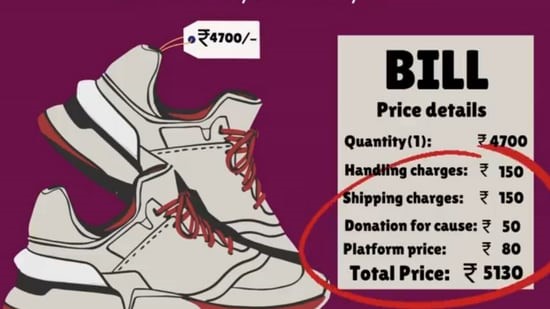





Disclaimer: Copyright infringement not intended.
Context
What is ‘Drip Pricing’?
How does it work?
|
PRACTICE QUESTION Q. What is drip pricing, as observed in consumer markets? a) It is a marketing technique where the price of a product is gradually increased over time. b) It refers to the process of gradually reducing the price of a product to attract more customers. c) It involves displaying only a partial cost of an item initially, with the full amount revealed later during the purchase process. d) It refers to the practice of offering discounts on products only during specific seasons or holidays. Answer: c) It involves displaying only a partial cost of an item initially, with the full amount revealed later during the purchase process. |
SOURCE: HINDUSTAN TIMES








© 2025 iasgyan. All right reserved